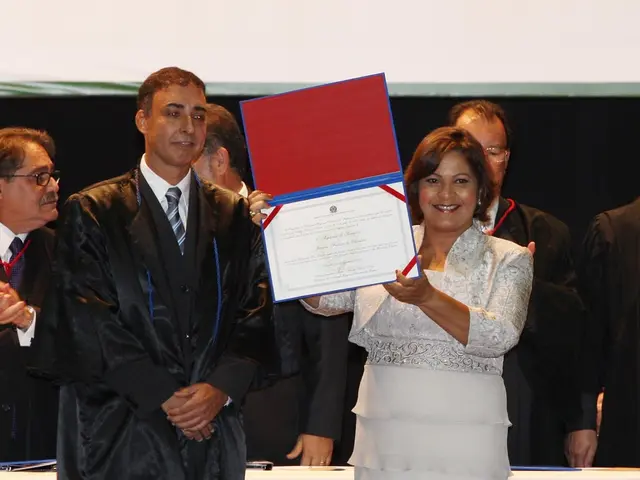Enacted tariff changes by the US and Japan signify a significant shift in their mutual trade policy.
The US and Japan have made a significant move in the global tariff landscape, revising their tariffs following a calculation error in Washington's July 31 executive order. This correction signals a rare moment of constructive recalibration in an otherwise tense global tariff landscape.
The tariff revision could help reduce market uncertainty for sectors dependent on predictable customs regimes, particularly those in Japan that are heavily reliant on exports. The error translated into millions of dollars in unexpected costs for industries like Japanese automotive exports. However, the continued presence of tariffs, even at 15%, is a challenge for Japan’s export-driven economy, likely causing some ongoing upward cost pressures and potential reevaluation of supply chains by Japanese companies.
The US correction may be aimed at preserving strategic alignment with Japan in Asia-Pacific policy. In exchange for lowered tariffs, Japan committed to invest $550 billion in the US in sectors critical to economic and security interests. This level of investment could have long-term positive effects on US industrial capacity and bilateral economic ties.
The tariff on Japanese exports to the US was revised down from the threatened 25% to 15%, particularly applying to automobiles and other goods. However, steel and aluminum remain subject to high tariffs (50%), limiting benefits in those industries. This tariff revision represents a new lowest reciprocal tariff rate negotiated by a surplus-running country with the US, indicating a modest improvement in trade relations but still maintaining significant trade frictions.
The deal also removes quantitative restrictions on autos and auto parts from Japan, allowing unlimited Japanese exports of these items to the US, which could benefit Japanese automakers in the long run despite the 15% tariff. The US benefits from expanded Japanese investment and purchases, such as Japan agreeing to buy 100 Boeing aircraft, which could support manufacturing jobs and technology sectors domestically.
The agreement also clarifies the stacking of universal tariffs, improving predictability for businesses engaged in US-Japan trade. The US will amend the order and issue refunds for overpaid duties, restoring compliance with the bilateral agreement signed on July 22.
The US-Japan tariff revision might signal a shift from escalating tariff wars to more managed trade disagreements, potentially encouraging other countries to seek negotiated tariff frameworks rather than unilateral measures, which could stabilize global trade patterns to some extent. However, the continued presence of tariffs, especially on steel and aluminum, means certain industries will still face barriers, with mixed impacts expected on long-term competitiveness and global trade dynamics.
In summary, the tariff revision reduces trade frictions and encourages large-scale Japanese investments in the US, fostering closer economic ties and potentially enhancing sector-specific development. Nevertheless, the persistence of tariffs, especially on steel and aluminum, means certain industries will still face barriers, with mixed impacts expected on long-term competitiveness and global trade dynamics.
The US and Japan tariff revision underscores the value of measured, data-driven diplomacy in navigating an increasingly protectionist global economy. The IMF's 2025 World Economic Outlook projects Japan's GDP to grow at 1.2% this year, but the figure assumes no additional tariff shocks. The US and Japan tariff revision could help stabilize Japanese export earnings in the next two quarters, and refunds for excess duties will be processed, potentially easing exporter cash flow constraints.
Washington may introduce tighter review mechanisms for tariff implementation, and the US and Japan tariff revision strengthens their economic partnership, which also supports both countries' broader strategic interests, including counterbalancing China's growing economic influence in the region. Japan, in turn, might use the US and Japan tariff revision as a precedent for future negotiations, ensuring that disputes are handled within a structured, rules-based framework. The tariff revision serves as a reminder that technical precision and adherence to agreed terms are critical to sustaining economic partnerships.
- The investment of $550 billion by Japan in critical US sectors, as part of the US-Japan tariff deal, is anticipated to have long-term positive effects on American finance and industry.
- The tariff revision, while reducing trade frictions between the US and Japan, has maintained significant barriers for certain industries, particularly those involving steel and aluminum, which may impact their competitiveness in global finance and politics.




